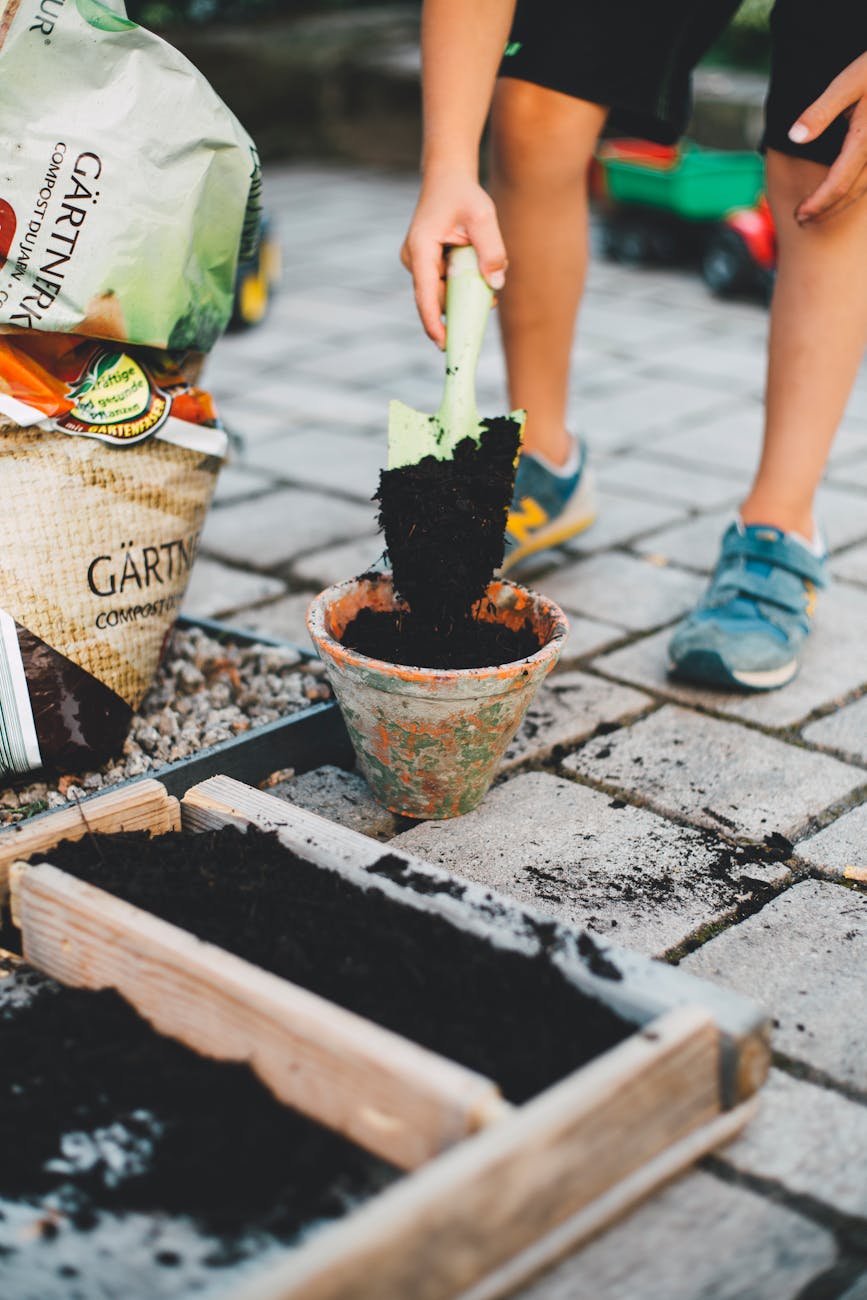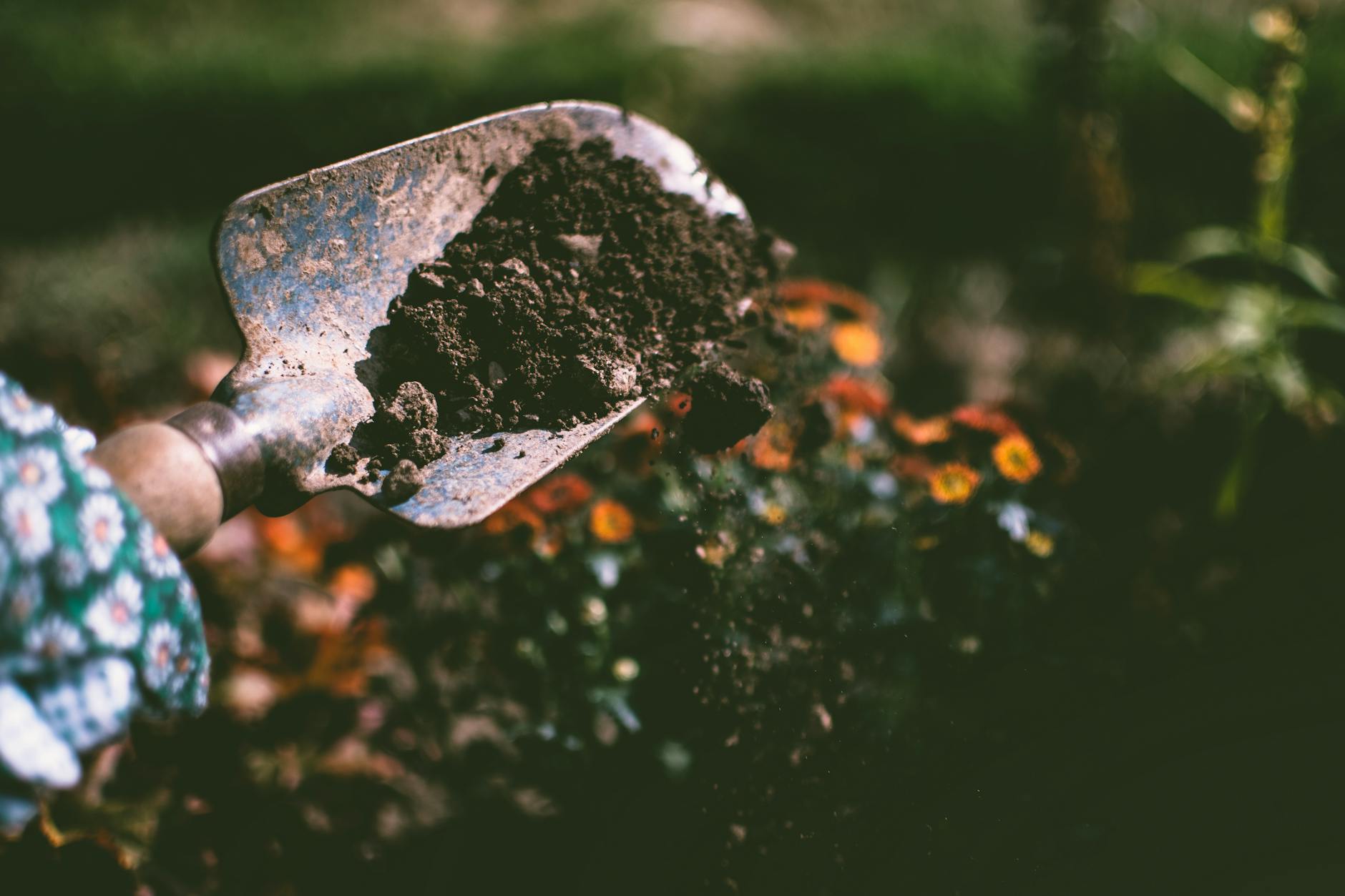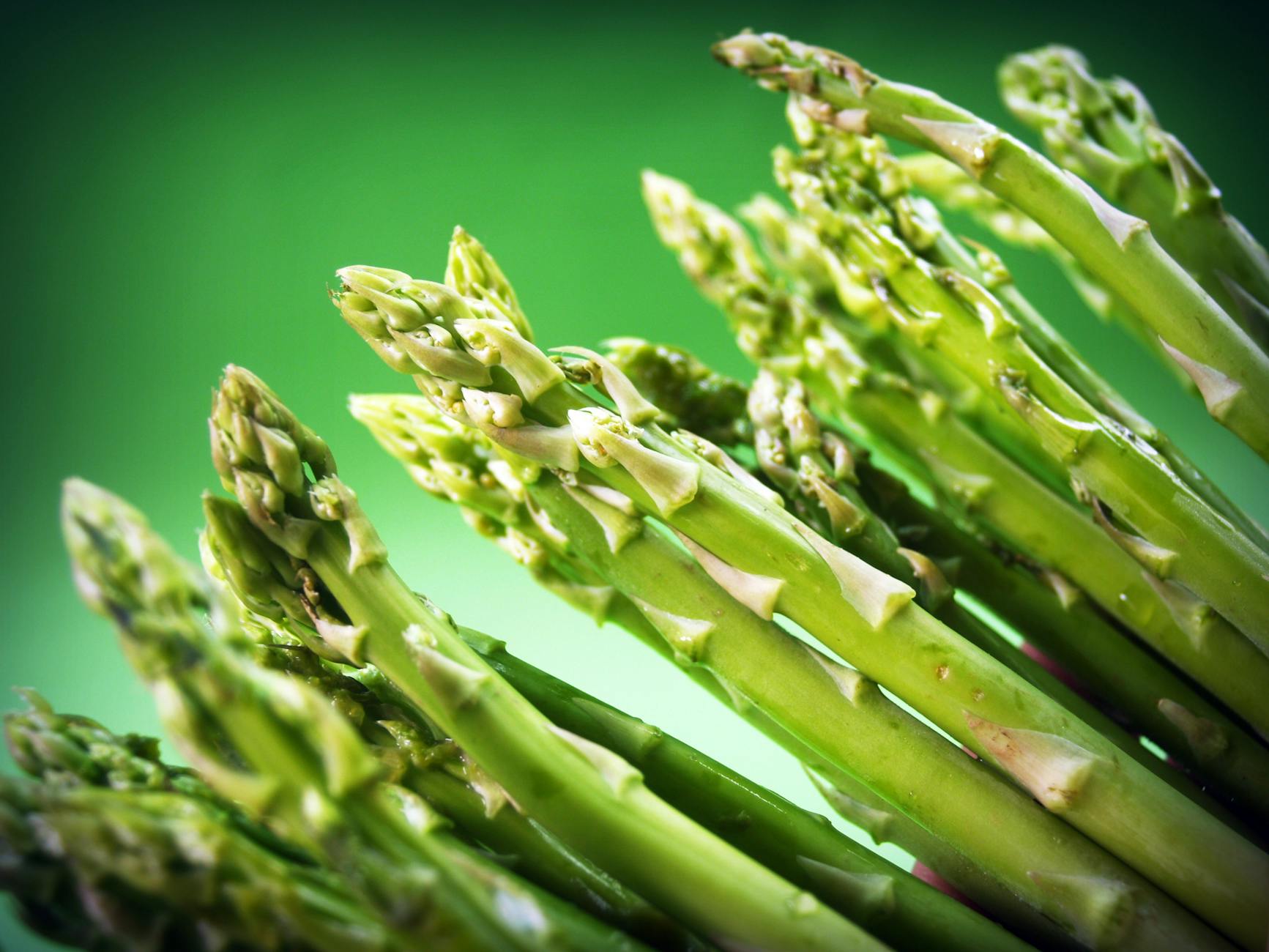Are you an asparagus lover who’s up to the challenge of growing asparagus from seeds? Read on for the full guide on how to grow asparagus from seeds here!
An Ultimate Guide To Growing Asparagus From Seeds
It takes four years to fully harvest asparagus when they’re grown from seeds. Most gardeners shy away from the extra year so they opt to grow a year old asparagus crown. But I’m pretty sure an asparagus lover like you will want to see an asparagus seed through. Plus they are less expensive to grow than when grown from crowns. It’s also more self-satisfying to know you’ve grown them in your own terms. Grow your own asparagus bed for fresh veggies harvested and cooked all in the same day!
Why Grow Asparagus
If you haven’t eaten asparagus within an hour after harvesting, you have not tasted real asparagus. Apparently, certain chemical reactions take place which changes the vegetable rapidly within 24 hours upon harvest. The sugar level is reduced and the preferred and ideal texture diminishes.
Asparagus is also an excellent source of vitamin C and is a good source of vitamin A and B. The purple variety contains a cancer-fighting phytochemical called anthocyanin which is responsible for the purple color. To sum it all up, you should grow asparagus health-wise and taste-wise. It’s simply worth your time, effort, and money.
Variety Of Asparagus To Grow From Seeds

The heirloom variety, Mary Washington, used to be the favorite to grow from seeds. Although a lot of gardeners still prefer it, there are new varieties which have been developed. Jersey series is an all-male variety which was developed to produce larger and more spears. But if you want it old school, then Mary Washington variety is the best.
Have you seen white and purple asparagus varieties? White asparagus is just the green variety buried in soil or organic mulch so photosynthesis doesn’t take place. White asparagus is said to be crunchier than green but lacks the vitamins present in green varieties. The purple varieties, on the other hand, are sweeter than its counterparts.
Planting Asparagus From Seeds
Few perennial vegetables are as productive and favored as asparagus. In fact, asparagus can be priced higher than other vegetables. It may take four years to grow asparagus from seeds but they can be productive for 10 to 15 years. If you love asparagus, what’re four years when you can have them fresh and free for many springs to come?
Asparagus seeds are extracted from the attractive red berries from mature plants. They turn bright red in autumn and can be collected once they start to fall off from the stalks. They are viable for growth within 5 to 6 years. For this reason, they take a longer time to germinate but germinates well. You can get the seeds for free or you can buy them in nurseries for a price way less than the crowns.
Where And When To Plant Asparagus Seeds

A vegetable which will be productive for up to 15 years and even 20 will require a permanent plant bed. For this reason, a spacious area is also needed if you want it to be productive for that long. It will also require a separate bed apart from other vegetables so they won’t be disturbed by the regular operations on the rest of the garden plants.
Asparagus needs full sun but some new varieties can be grown in partial shade. Early to late winter is the ideal time to sow asparagus seeds indoors. In the following spring, the roots will have been established and ready for transplanting in permanent beds. In most parts of the country, transplanting will have to be done around the last frost date.
How To Plant Asparagus From Seeds
Step One: Preparing Soil And Asparagus Plant Bed

Preparing the soil needs special attention as you won’t have any other chance for this. The soil must be conditioned and cultivated deeply with lots of compost. Asparagus is a heavy feeder and thrives well in soil fertilized with organic matter. They prefer rich sandy soil for the asparagus spears to easily shoot through.
You can prepare your asparagus bed way ahead of transplanting time. Grow cover crops to loosen, condition, and add organic matter to the soil. When the asparagus is ready for transplant, you can prepare the soil bed by doing the following:
- Clear the plant bed up from weeds, soil clumps, and rocks.
- Dig a trench 12 to 14 inches deep and left the soil from the trench along the ridges.
- Spread 2 to 3 inches of well-rotten manure at the bottom of the trench and tamp it down.
- Then add 3 to 4 inches of rich, loose soil on top.
Step Two: Sowing Asparagus Seeds
Space is important when growing asparagus from seeds. There’s no need to sow them thickly, then thin after, since they have a high germination rate. You wouldn’t want to disturb and destroy the roots of the new plants. Prepare a rich and organic soil in biodegradable planters to sow asparagus seeds.
Asparagus seeds have a hard shell and absorb water slowly. Soak the seeds for a few hour and plant a seed per 2-inch section or individual planters. Asparagus roots grow rapidly and you wouldn’t want the roots to be intertwined. It will take 2 to 8 weeks for the seeds to germinate but just keep it moist.
Step Three: Transplanting Asparagus Seedlings
Asparagus seedlings are ready for transplant after 10 to 12 weeks after or around the last frost date. The earlier the seedlings are transplanted in spring, the better. Prepare you asparagus bed as suggested and place the seedlings 24 inches apart in the ridge. Fill the trench back with the soil alongside the ridged up to the base of the plant. Keep some soil alongside the ridge to keep adding soil as the asparagus grows. Keep the asparagus plants well-watered if you want longer shoots.
Asparagus Plant Care

Asparagus is a thirsty plant but will not tolerate standing water. A soaker hose sprinkling water system will address the first and a rich sandy soil the later. Asparagus crowns tend to grow towards the surface so it’s important to amend with organic compost as the plant grows. Be on the look out too for weeds and pests and deal with it outright.
Once an asparagus plant bed has been established, it will require less yearly care despite the extensive rewards. In 6 to 10 weeks, you’ll have plenty in your kitchen and more to spare for friends and perhaps, even for some extra bucks. You will never feel more justified and self-satisfied for with your efforts once they start giving and giving.
You can also follow this video to growing asparagus from seeds for tips:
Don’t you agree, real fresh and organic asparagus are the best? So how are you going to work out getting your own fresh and organic vegetables? I hope this article enlightened you in that aspect. It’s no longer a question whether to plant or not to plant an asparagus bed. And growing asparagus from seeds is not a challenge at all but a fun accomplishment!
Were your questions about growing asparagus from seeds answered? If you have more questions or comments, I’d be delighted to address them below.
Find out what other vegetables you can grow in your vegetable garden in different seasons.
Don’t forget to follow us on Facebook, Instagram, Pinterest, And Twitter for more smart gardening ideas!
Feature image source via Health Awareness for All





2 thoughts on “Growing Asparagus From Seeds | Garden Season Planting Guide”
Praise Yahshua for asparagus!
John 3:16
For Yahweh so loved the world that he gave his one and only begotten son so that whosoever believeth in him should not perish but have everlasting life.
Doesn’t asparagus spread much? I was told they did so only planted 6 roots in 1 row in my 10 foot by 6 foot raised bed. It’s been around 10 years now and I still don’t get very many to cut at 1 time. I have to cut over a week or so, storing in the fridge, and even buying some to add for meals for 4 people. When I let them go to seed plenty fronds end up coming up.
Also this year I’ve got a lot of new ones growing apparently from the seeds that fell. Will those be viable being they are growing on the surface rather than transplanting in a deeper trench as you show?